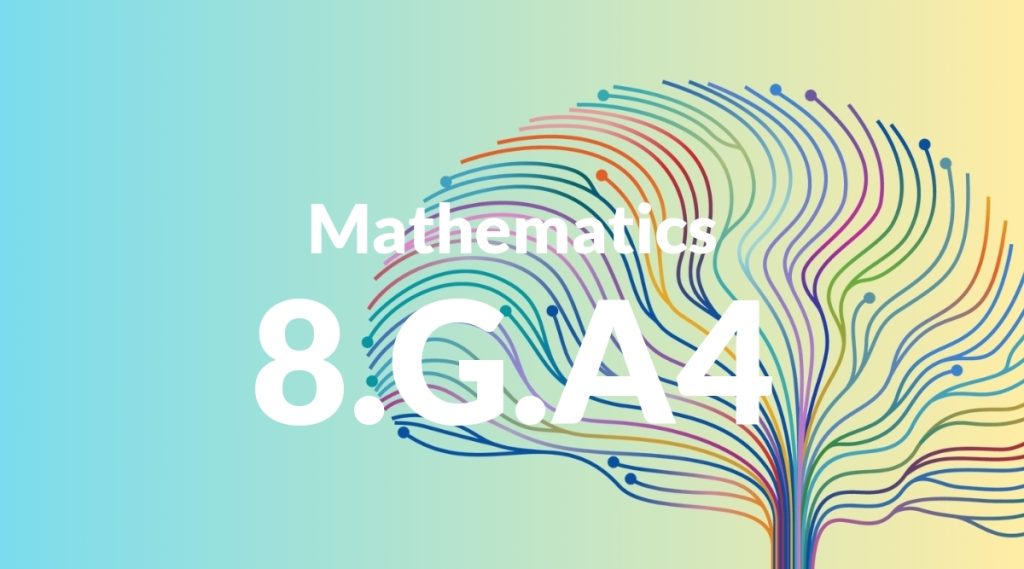Standard: 8.G.A4 – Understand that a two-dimensional figure is similar to another if the second can be obtained from the first by a sequence of rotations, reflections, translations, and dilations; given two similar two-dimensional figures, describe a sequence that exhibits the similarity between them.
Grade level: Grade 8
Subject: Mathematics
Domain: Geometry
Teacher Overview
This standard helps students understand the concept of similarity in two-dimensional figures through geometric transformations. It is crucial because it lays the foundation for more advanced geometric concepts and real-world applications. Understanding similarity helps in various fields such as art, design, architecture, and science. Students need to be comfortable with basic geometric transformations and properties of shapes. They should be able to perform and describe rotations, reflections, translations, and dilations.
Mastering this standard prepares students for more complex geometric concepts and real-world problem-solving involving similarity and scale in various contexts.
Common Misconception 1
A common misconception is that similar figures are also congruent. This is incorrect because congruent figures are identical in shape and size, while similar figures have the same shape but can differ in size.
Intervention 1
Provide side-by-side examples of similar and congruent figures, highlighting the differences. Use hands-on activities where students manipulate shapes to understand the distinction.
Common Misconception 2
Another misconception is that dilations do not preserve the shape of a figure. This is incorrect because dilations change the size while maintaining the proportional relationships and angles of the figure.
Intervention 2
Use dynamic geometry software to show how dilations work. Allow students to experiment with dilating figures and observing the preserved properties.
Prerequisite Knowledge
Students should have a foundational understanding of basic geometric transformations such as rotations, reflections, translations, and dilations. They should also be familiar with the properties of geometric shapes and be able to identify and describe these shapes.
Subsequent Knowledge
After mastering this standard, students will be able to apply their understanding of similar figures to more complex geometric problems, including those involving three-dimensional shapes. They will also be able to use their knowledge to solve real-world problems involving similarity and scale.
Instructional Activities
- Create a series of transformations to show similarity between two shapes.
- Use graph paper to draw and compare similar figures.
- Manipulate shapes using geometry software to explore transformations.
- Design a project where students create similar figures through art.
- Solve real-world problems involving scale and similarity.




